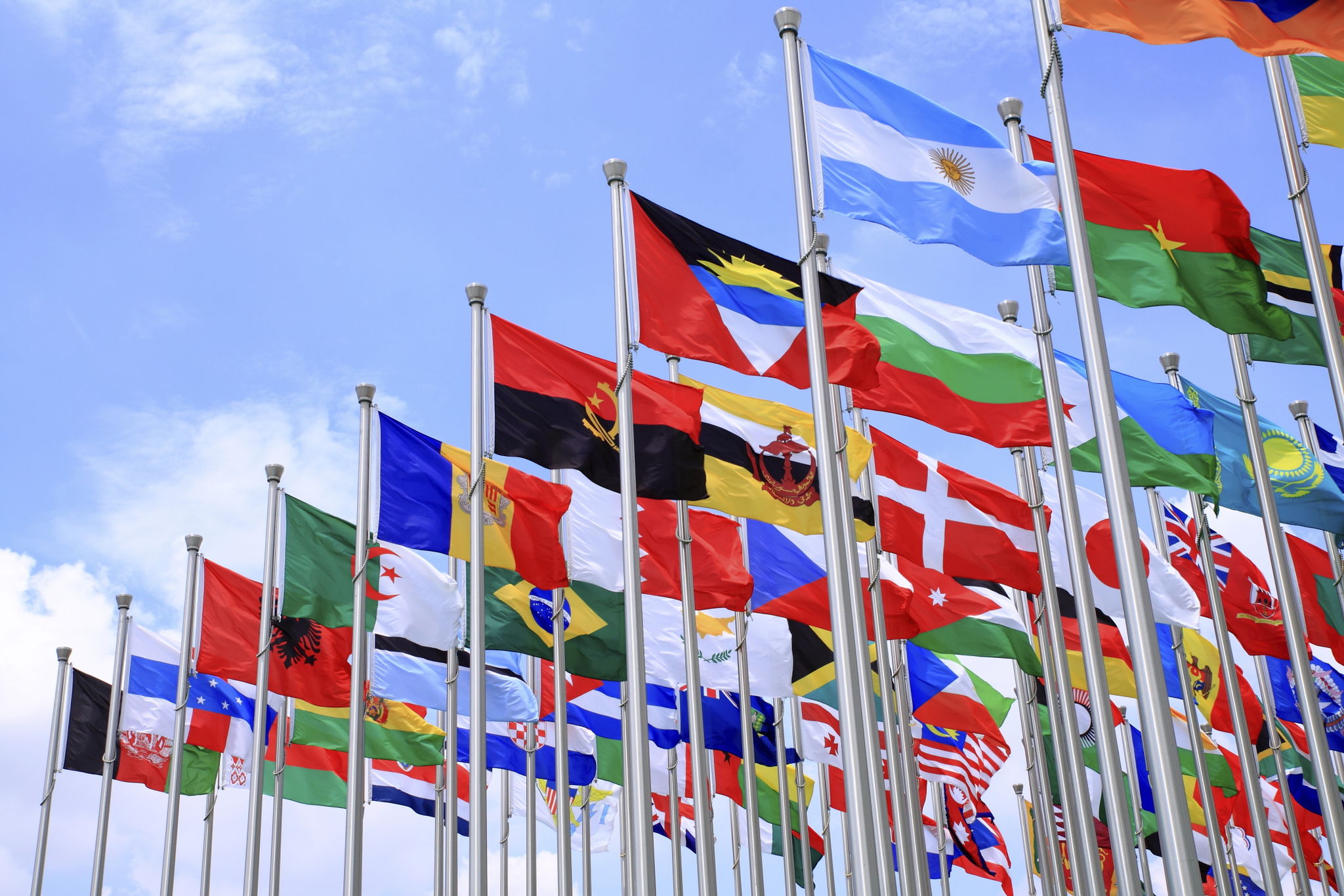Navigating International Trademark Protection from New York
Understanding the Basics of International Trademark Protection
For businesses based in New York looking to expand globally, securing international trademark protection is crucial. Trademarks safeguard your brand's identity, ensuring that your products or services are distinguished from others in the marketplace. However, the process of obtaining and maintaining trademark protection internationally can be complex and varies greatly from one jurisdiction to another.
Before diving into international markets, it's essential to understand that trademarks are territorial. This means that registration in New York or even in the United States does not automatically confer protection in other countries. Therefore, businesses must seek trademark registration in each country where they wish to operate.

Choosing the Right Trademark Strategy
Determining the right strategy for international trademark protection involves several key considerations. Firstly, businesses should identify the countries where they plan to operate or where there is a significant market potential for their products or services. It's important to prioritize countries based on strategic business goals and potential risks of infringement.
Another factor to consider is the cost involved. Trademark registration fees and associated legal costs can vary widely between countries. Businesses need to budget accordingly and weigh the potential benefits against the expenses involved in protecting their trademark in each target market.

Utilizing International Treaties and Agreements
To streamline the process of international trademark registration, businesses can leverage several treaties and agreements. The most notable among these is the Madrid Protocol, which allows for the filing of a single application to register a trademark in multiple countries. This system is managed by the World Intellectual Property Organization (WIPO) and covers over 120 countries.
The Madrid Protocol simplifies the process significantly, but it is crucial to ensure that your application complies with the specific requirements of each designated country. Additionally, businesses should be aware of any local regulations that might affect their trademark rights in member countries.

Navigating Legal Challenges and Enforcement
Once a trademark is registered internationally, businesses must still be vigilant about enforcing their rights. Infringement can occur, and it is essential to have a plan in place for monitoring unauthorized use of your trademark in foreign markets. This often involves working with local legal experts who understand the nuances of trademark law in their specific jurisdictions.
In case of infringement, businesses may need to take legal action to protect their rights. This can include sending cease-and-desist letters, negotiating settlements, or pursuing litigation in foreign courts. Each situation will require a tailored approach based on the local laws and the specifics of the case.
Maintaining and Renewing Your Trademark
International trademark protection does not end with registration. Businesses must actively maintain their trademarks by using them in commerce and adhering to renewal requirements. Each country may have different rules regarding the duration of trademark protection and renewal procedures.
Failure to renew a trademark can result in the loss of rights, allowing competitors to use similar marks that could confuse consumers. Therefore, businesses should establish a system for tracking renewal deadlines and ensuring all necessary actions are taken to maintain their trademarks globally.

